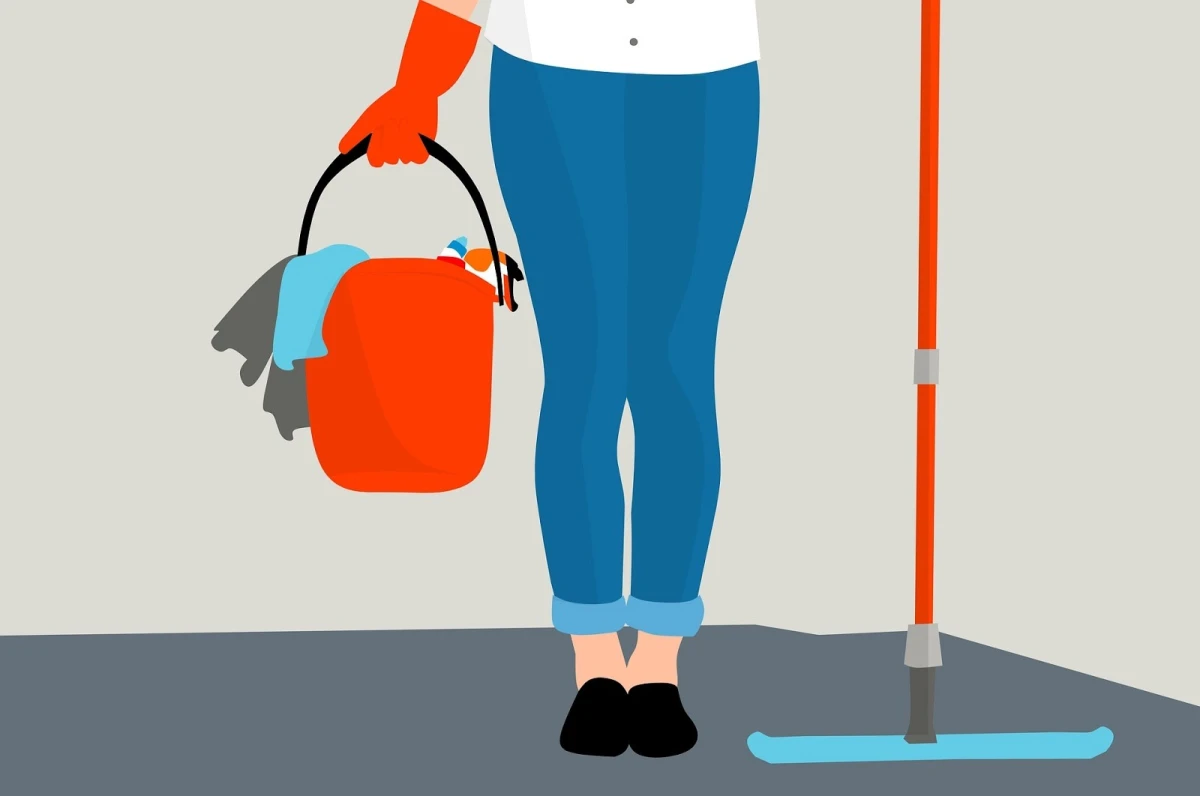What do Kamal Haasan, Charlize Theron and Julianne Moore have in common? One proposes salary for housewives in India and the other two support a Marshall Plan for Moms in the US. Very similar ideas, prima facie laudable and progressive.
First of all, in India, several women who get counted as “not working” actually contribute substantially to household economic activities (farming, livestock, kirana shops, workshops etc): work that is unrecognized and unpaid. For this work, women need to be recognized legitimately as workers. They need to be seen as equal partners whose labour allows the household to earn a livelihood.
Turning to domestic chores, everywhere in the world, the burden falls disproportionately on women, regardless of whether they are “housewives” or not. The enormous weight of endless and repetitive housework leads women to either drop out of paid employment altogether (or temporarily), or to seek part-time work. Women who manage to re-enter paid employment after a childcare break typically enter as juniors of, and earn less than, men comparable to them in age, education and qualifications. In other words, collectively as a society we want children, for which mothers pay a penalty, but not fathers.
Feminists have highlighted the sexual division of “reproductive labour”, where women disproportionately bear the load of domestic chores, care and nurturing responsibilities, which eases male participation in “productive labour” and allows the productive economy to continue running smoothly. A typical picture of a standard early 20th century family, where the man is the breadwinner and the woman the housekeeper and caregiver.
The Covid-19 pandemic has sharpened this divide: women did more housework than men before the pandemic; they do even more now. Even though the sheer volume of this work is enormous, it is undervalued, invisible and completely taken for granted. Globally, the monetary value of this work (calculated at minimum wage) is estimated to be USD 10.9 trillion.
Then what is wrong with explicitly recognizing this and paying women for their massive contribution to the household? The short answer is: everything.
The salary-for-housewives proposal takes the “male breadwinner” heteronormative family structure as a given. It completely solidifies the boundaries and divisions that have kept women in the kitchen and/or taking care of the kids, and/or caring for the elderly, and/or maintaining the house, and/or be responsible for nurture of family members.
Over the last 70 years, all over the world, these boundaries have gradually begun to blur as the movement towards greater sharing of the reproductive labour has gained momentum and voice. While the division is far from fair or equal anywhere in the world, there are green shoots of gender equality that, until Covid-19 hit, were gaining strength, albeit not fast enough.
Covid-19 hit and those lucky enough to have jobs to work from home found themselves stuck with demands of both domestic work and their paid jobs. The immense pressure of childcare and home schooling has led to women dropping out of the workforce in greater numbers than men.
The gender gap in paid employment has markedly worsened due to the pandemic. To fix this, women need enabling conditions to get back to work. Instead, the pay-the-moms/wives proposal is arguing for the exact opposite. It has nothing to say about sharing the load.
South Asia in general, India and Pakistan in particular, have among the most unequal division of domestic chores, where women spend as much as 10 times more hours compared to men. In India, this is the key social norm that hinders women’s participation in the labour force. The lack of economic independence also lowers women’s position within the household in terms of decision making and mobility. Often even women who work outside and earn a salary have limited control over their hard-earned money.
In this scenario, what would payment to women – most likely controlled by the husband — for domestic chores result in? Greater respect? More equality? Greater decision-making abilities? Higher mobility? More control over their own lives and choices?
None of the above.
It would result in greater dependence, reduced status, enhanced burden, with a shift to paid employment even more difficult than earlier. We can only imagine how many Indian families might sack their domestic maids and nannies if they had to pay their wives for the same work. (PS: How would this work in families with same-sex couples?)
The Covid-19 pandemic has revealed that women’s unpaid reproductive labour is the biggest social safety net that allows the wheels of the paid economy to continue moving. This work has to be shared equally within the household, instead of pushing women back into the 1950s-style traditional stereotypes.
Since the suggestion is about valuing women’s work in India, a good starting point would be to explicitly recognize their contribution to household enterprises as workers, on the same footing as the men, and share the earnings from the household enterprise fairly.
And stop thinking of domestic chores as women’s work.
Ashwini Deshpande is an Indian economist who specially works with topics concerning poverty, inequality, regional disparities and gender discrimination. She is currently an Economics professor at Ashoka University.
We publish all articles under a Creative Commons Attribution-Noderivatives license. This means any news organisation, blog, website, newspaper or newsletter can republish our pieces for free, provided they attribute the original source (OpenAxis).

